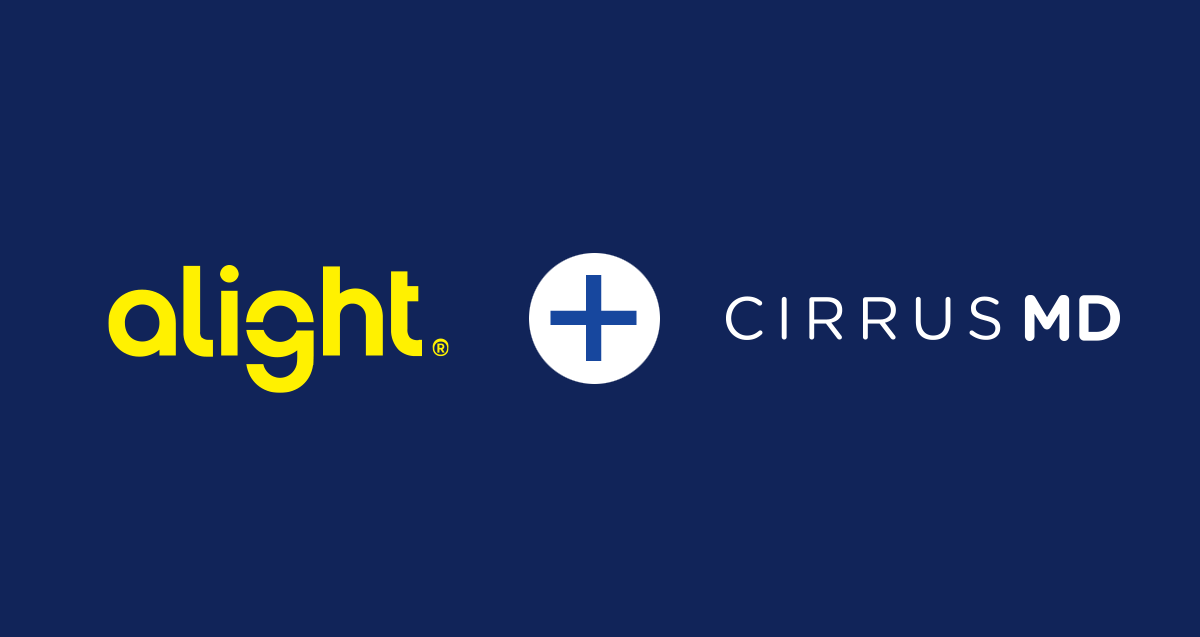
The last three years have upended the status quo work environment but the turmoil has also ushered in a renewed culture of experimentation by employee benefits leaders. Let’s look at the three health and wellness trends that we believe will shape workplace wellness and employee wellbeing in 2023.

01
Employee Retention Will Become a Northstar Metric
Human Resources leaders were already wrestling with substantial challenges like work-life balance, employee mental health, and worker burnout before the COVID-19 pandemic hit.
Then all hell broke loose.
Employee well-being suffered. Loyalty and job satisfaction plummeted. Workers began quitting en masse. And even when the pandemic subsided, employee morale didn’t fully recover.
This has led to an employee benefits arms race designed to retain top talent, especially since labor costs account for the largest operating expense at many US companies. To lower these costs, employers are looking for new ways to reduce employee turnover.
For 2023, this situation will propel employee retention to the top of the list of HR priorities.
A holistic approach that addresses corporate wellness, workplace wellness trends, physical health, and mental well being, will join with initiatives that increase financial well being through financial wellness programs, to work together toward reducing absenteeism, improving job satisfaction and increasing employee retention.
When done right, it can have a profound effect. A recent 15-month study with a large national retailer found an average 45% reduction in employee turnover for workers who used their free, on-demand virtual care benefit.

02
Employee Benefits Will Increasingly Reflect the Diversity of the Workforce
The workspace is changing rapidly and employee benefits initiatives will need to keep pace.
- Men and women comprise a nearly equal percent of the workforce.
- There are now five generations currently in the workplace, 40% of whom are Gen Z and Millennials.
- Today’s companies are more racially and culturally diverse than ever.
But against his backdrop of expanding diversity, studies continue to show disproportionate drops in job satisfaction and loyalty among women, people of color, and Gen Z workers.Foremost among the benefits that workers are demanding across racial, generational, and gender lines: health and wellness solutions. In fact, workplace wellness programs and other healthcare benefits increased from 26% in 2020 to 52% in 2022. Some of the most in-demand needs include:

Women’s Health
A recent study by Mercer found that 37% of employers plan to provide at least one type of specialized benefit to support reproductive health, including support for high-risk pregnancy, lactation, preconception family planning, pregnancy loss or menopause.
Employees are also interested in accessing women’s health services such as screening tests, abortion services, and other women’s health issues including reproductive care. Women’s Health remains critically important, especially in industries and organizations where women make up a high percentage of the workforce. Women frequently struggle to receive equitable and equal care, and virtual care can assist, acting as a gender-neutral bridge that crosses a wide range of barriers, including socio-economic and geographic. (A recent blog post from CirrusMD Chief Quality & Innovation Officer Dr. Donna Baldwin provides more detail on women’s health.)

Language Services
Some industries such as retail and hospitality have substantial employee bases with limited English proficiency. To properly support them, employee benefits leaders are looking to provide them with an easy way to seek care in their primary language.
For instance, Spanish-first speakers can now conduct virtual care encounters in their native language. Consultations happen over chat, with automated translation between doctor and patient.

Mental Health Benefits
Many employees continue to suffer anxiety that was heightened by the pandemic. Changes in the work environment, with ongoing game-time decisions that change direction of in-person versus remote work, have continued to impact the employee experience. Providing employees with stress management tools, guidance to mindfulness strategies, and access to Employee Assistance Programs (EAP) and employee wellness programs, has become mandatory and will only continue to increase in 2023.
Virtual care has proven to be an essential tool in being able to reduce employee anxiety and depression levels. See the results of a 6-month virtual care mental health study.

03
Healthcare Costs Will Push the Upper Limits for Employers
The average health benefit cost per U.S. employee is expected to increase by 5.6% in 2023, and some reports predict costs will climb even higher in 2024.
When paired with the pressing need to retain employees, the spiraling costs of providing employee benefits will amplify an already difficult situation.
In addition to increasing plan costs, an Employee Benefits Research Institute analysis found that an overall increase in high-deductible health plans (HDHPs) may be fueling a corresponding rise in out-of-pocket costs for workers.
While almost half of employees plan to sign up for an HDHP during open enrollment, many workers find the high deductibles and out-of-pocket costs are financially out of reach, and only marginally better for their financial health.
A survey by Unum noted that 41% of survey respondents said they would not meet their yearly deductible, and 39% said they could not afford out-of-pocket costs associated with their care.
As costs continue to rise, the HDHP model becomes even less affordable, especially for lower earning employees as deductibles for individuals and families increase.Whether your organization or your employees are bearing the burden of increasing healthcare costs, neither is sustainable.
About CirrusMD
CirrusMD delivers Physician-first Care & Guidance, a smart care model founded in the tenets of Advanced Primary Care. It brings together activated members with trusted physicians, relevant resources, and smart technology to change healthcare as we know it. CirrusMD improves speed to care, removes barriers to physicians, brings patient data into the care encounter, and promotes transparency at the point of referral. We believe that when you provide immediate, affordable care at scale you can drive the change needed to improve health and lower cost across an entire population.





